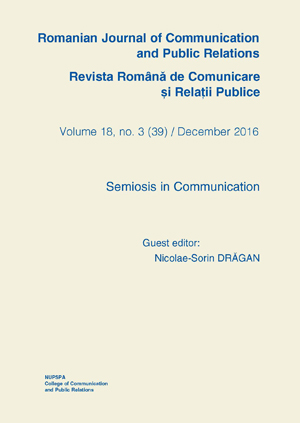High Teas, High Collars and High Rise Buildings in a ‘High-Context’ Culture: The Semiotics of Japan’s Project of Modernity
High Teas, High Collars and High Rise Buildings in a ‘High-Context’ Culture: The Semiotics of Japan’s Project of Modernity
Author(s): Nicolas Adam CambridgeSubject(s): Social Sciences
Published by: Editura Comunicare.ro
Keywords: Meiji Japan; semiotics; fashion; food; architecture
Summary/Abstract: This article addresses a paradigm shift in Japanese society during the late nineteenth and early twentieth centuries – focusing on the encounters with Western culinary, sartorial and architectural practice experienced by a ‘high-context’ culture (Hall, 1976). The main discussion documents the differentiated reception of these changes – valorised by reformers for whom engaging with the outside world was key to their project of modernity, but treated with suspicion by members of the proletariat who feared for the purity of traditional Japanese values. The manner in which the resulting tensions were mediated through the print media and imagery of domestic visual culture is interrogated using a prism of semiotic analysis and the findings located within a contemporary context to suggest that Roland Barthes’ analytical approach to the country as an ‘empire of signs’ (Barthes, 1982) retains its original traction.
Journal: Revista Română de Comunicare şi Relaţii Publice
- Issue Year: 18/2016
- Issue No: 3
- Page Range: 11-22
- Page Count: 12
- Language: English

